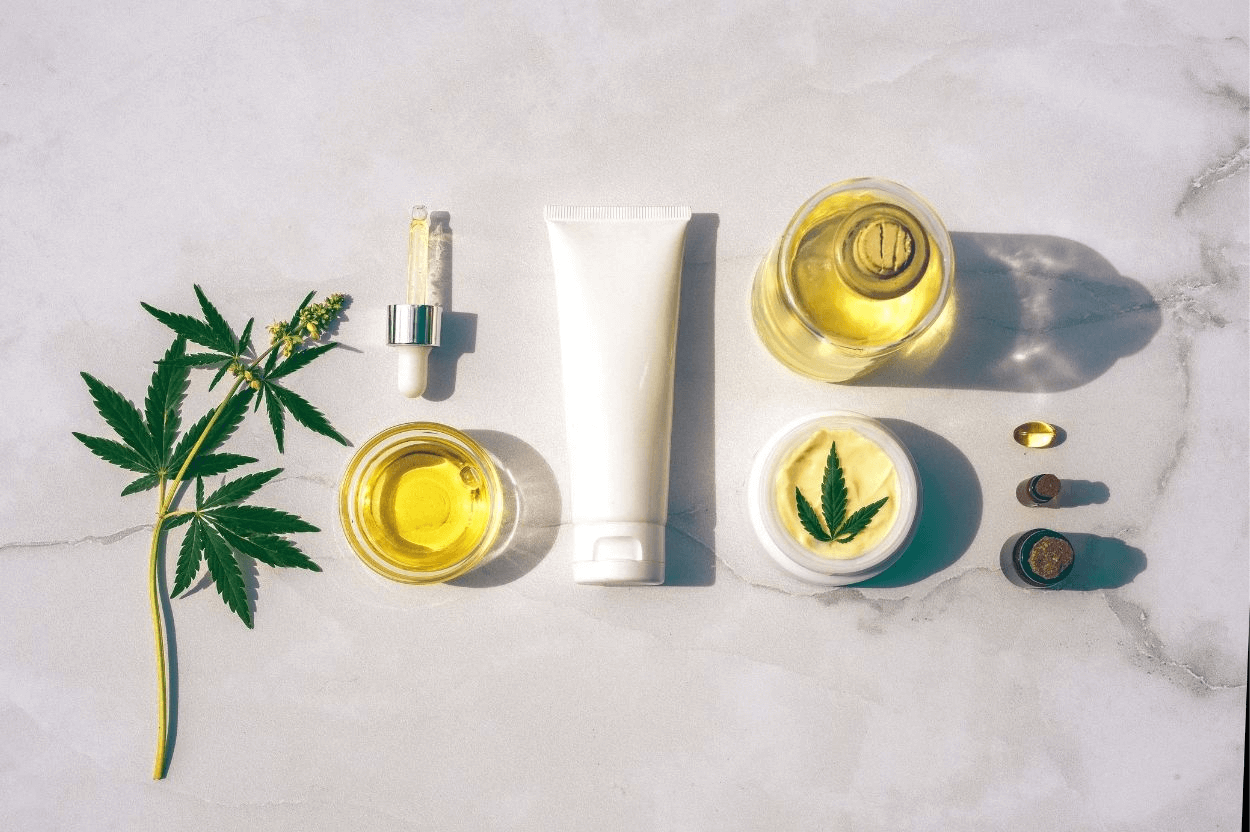
On January 23, 2023, Health Canada issued a notice regarding updates to the Cosmetic Ingredient Hotlist. The modification mainly covered three parts, including:
- Additions to the Hotlist;
- Changes to the conditions for existing entries on the Hotlist; and
- Changes to include additional substance identifiers or make minor corrections.
It is worth noting that this notice is not a formal notice for comment, so Health Canada will not reply to the comments received at this stage.
Proposed additions to the Hotlist (6)
Prohibitions
- Basic Green 4 (Malachite Green, CAS 569-64-2): Potential developmental effects; and
- Thioglycolic acid esters: Risks of skin sensitization.
Restrictions:
- Benzophenone (CAS 119-61-9): Potential maternal effects, such as decreased body weight, for certain cosmetic uses;
- p-Chloro-m-cresol (CAS 59-50-7): Potential effects on adrenal organs for certain cosmetic uses;
- Retinal: Therapeutic properties and risk of skin irritation; and
- Solvent Violet 13 (CAS 81-48-1): Possible health concerns for certain cosmetic uses.
Proposed revisions to existing entries on the Hotlist (10)
Prohibitions:
- Mixed cresols and derivatives (CAS: 1319-77-3): p-Cresol and mixtures thereof-prohibited; o-cresol and m-cresol-to be added to the restricted use; and
- Dialkanolamines, secondary: The prohibited name changes to “Secondary alkyl- and alkanolamines and their salts”.
Restrictions:
- Alpha-Hydroxy Acids: The name of the included ingredient has changed, and the name of the ingredient includes: Polyhydroxy acids (PHAs) and bionic acids. The corresponding warnings will also be revised;
- Aluminum chlorohydrate and its associated complexes: New restrictions: Not permitted in aerosol products;
- Peroxide and peroxide-generating compounds: Set the maximum allowable concentration of hair products;
- Benzoyl peroxide: May only be used in nail products for professional use;
- Hydroquinone:
- Expand the permitted nail product categories to include products for consumer use.
- An increase to the maximum concentration permitted for these products.
- Considering a combined limit when both p-Hydroxyanisole and Hydroquinone are used in a nail product.
- p-Hydroxyanisole: Considering a combined limit when both p-Hydroxyanisole and Hydroquinone are used in a nail product.
- Retinol and its esters: Reduce the concentration permitted for certain products such as body lotions.
- Talc: Revisions to the entry are being considered to help reduce exposures to talc from certain cosmetics which may be inhaled, or which may result in perineal exposure to the population with intact ovary/ovaries.
If you need any assistance or have any questions, please get in touch with us via service@cirs-group.com.
Further Information
Notice to Stakeholders concerning review of the Cosmetic Ingredient Hotlist

